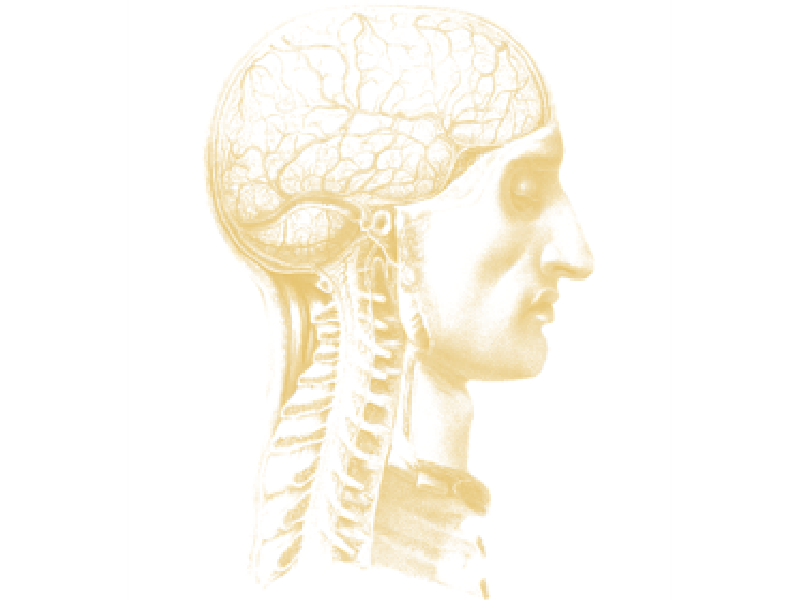Cervical Spine Surgery
You are having surgery on your cervical spine, which is the upper segment of your vertebral column consisting of seven individual vertebrae. At the cervical level, the spinal cord, spinal nerves, and vertebral arteries are at risk of injury. The spinal nerves exiting the vertebral column at the cervical level innervate the upper extremities (arms and hands). Damage to the spinal cord at this level may result in quadriplegia (four limbs), paralysis of the body at and below the level of the injury.

Monitoring
In order to protect the spinal nerves, spinal cord, and vertebral arteries, an NMA neurophysiologist will be monitoring your nervous system during the entirety of your procedure. Neuromonitoring consists of a variety of testing modalities to ensure that signals are moving up and down the nervous system correctly during surgery. If there is a change in neurological function detected, the neurophysiologist will work with the surgeon to identify the problem and correct it, avoiding a bad surgical outcome. During cervical spine surgery structures at risk are protected by three main tests: somatosensory evoked potentials (SSEPs), motor evoked potentials (MEPs), and electromyography (EMG). The SSEP test is conducted by stimulating nerves in your ankles and wrists and tracing the nerve signal from the point of stimulation all the way to the brain. If there is a potential injury to the spinal nerves or spinal cord, we will see an interruption of this signal and inform the surgeon. EMG testing is a direct way of monitoring the health of the spinal nerve. If the spinal nerves are injured or irritated the muscles that they innervate will fire and contract. Since the spinal cord is present at the level of the cervical spine, the motor system is at greater risk and is therefore monitored using MEPs. MEPs are performed by placing electrodes in the scalp and stimulating the motor cortex of the brain through the skull enabling the neurophysiologist to record a motor signal from the spinal cord and the muscles. A loss of the MEP signal indicates that there may be an impending injury to the motor tracts that must be immediately corrected to ensure a good outcome.

